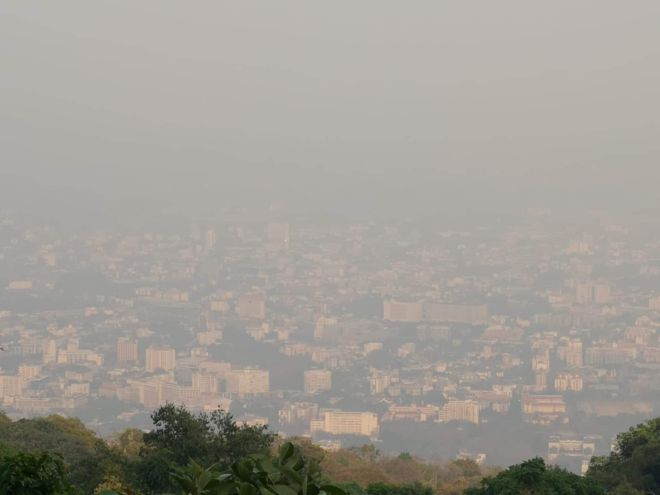Bushfires in Chiang Mai
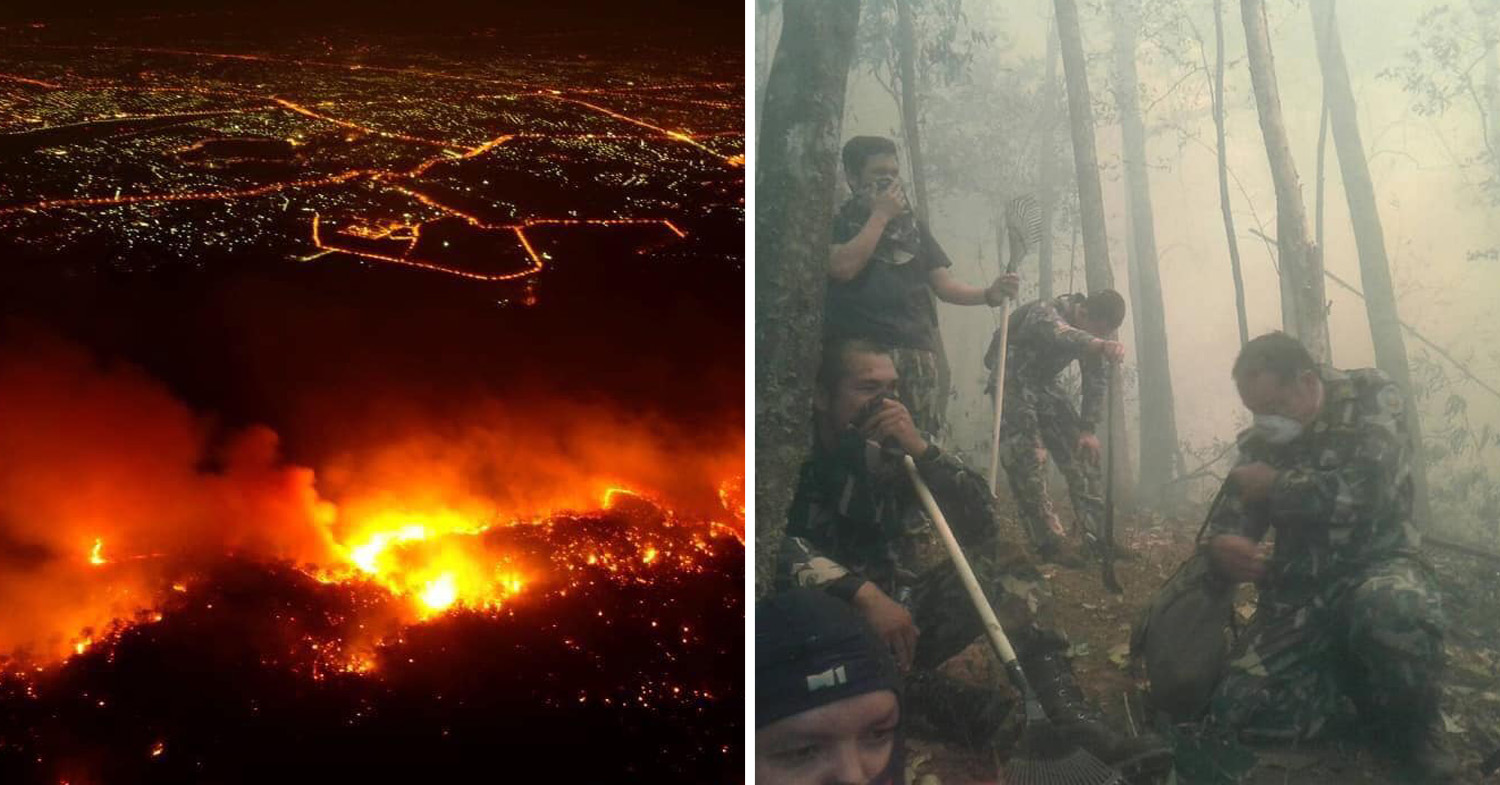
Image adapted from: WEVO and DoiSuthepPuiNP
People in Chiang Mai and northern cities of Thailand aren’t wearing face masks to protect themselves from COVID-19 alone, but also because of alarming levels of air pollution from seasonal bushfires that are believed to be caused by dry weather and illegal agricultural burning.
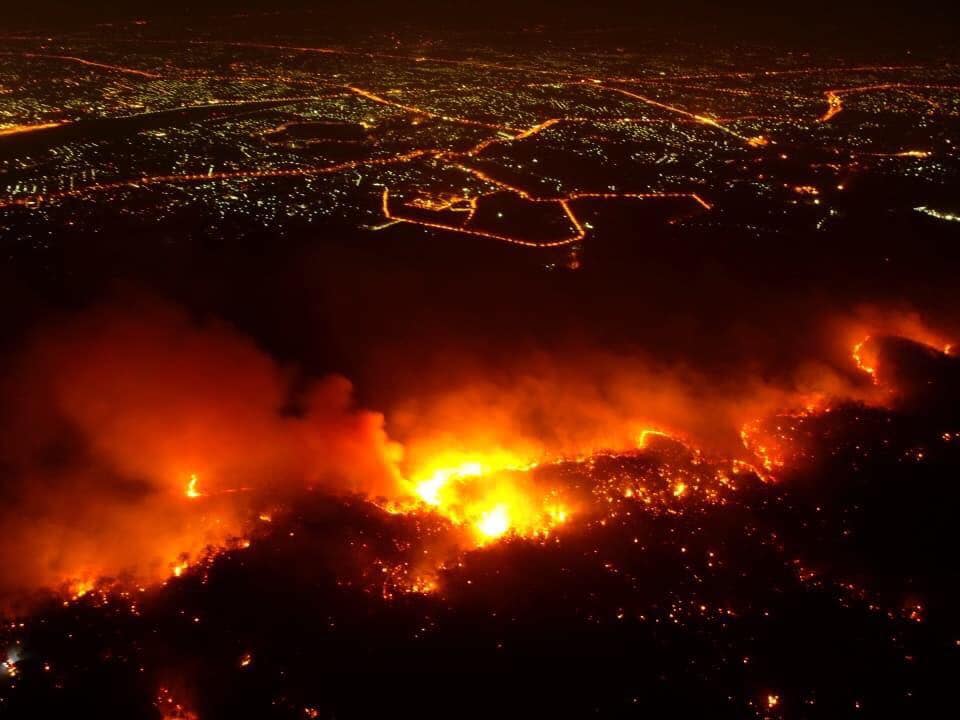
Blazing mountains in Mae Hia district
Image credit: WEVO
The Geo-Informatics and Space Technology Development Agency (GISTDA) have reportedly detected 218 hotspots in 18 districts in Chiang Mai including Mae Hia district and Hang Dong district.
Doi Suthep–Pui National Park, a well-known tourist attraction, in Mae Rim and Hang Dong district is also on fire.
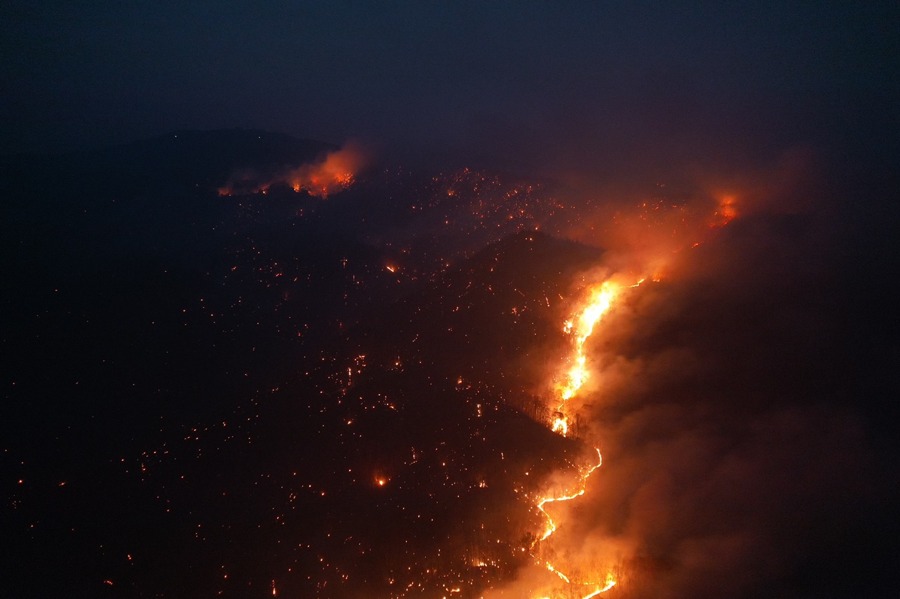
Picture from a drone over Mae Hia district
Image credit: WEVO
Chiang Mai Governor Charoenrit Sanguansat is leading park rangers and firefighters to control the fires in various spots. In addition, aerial firefighting planes are being used in an attempt to control the situation.
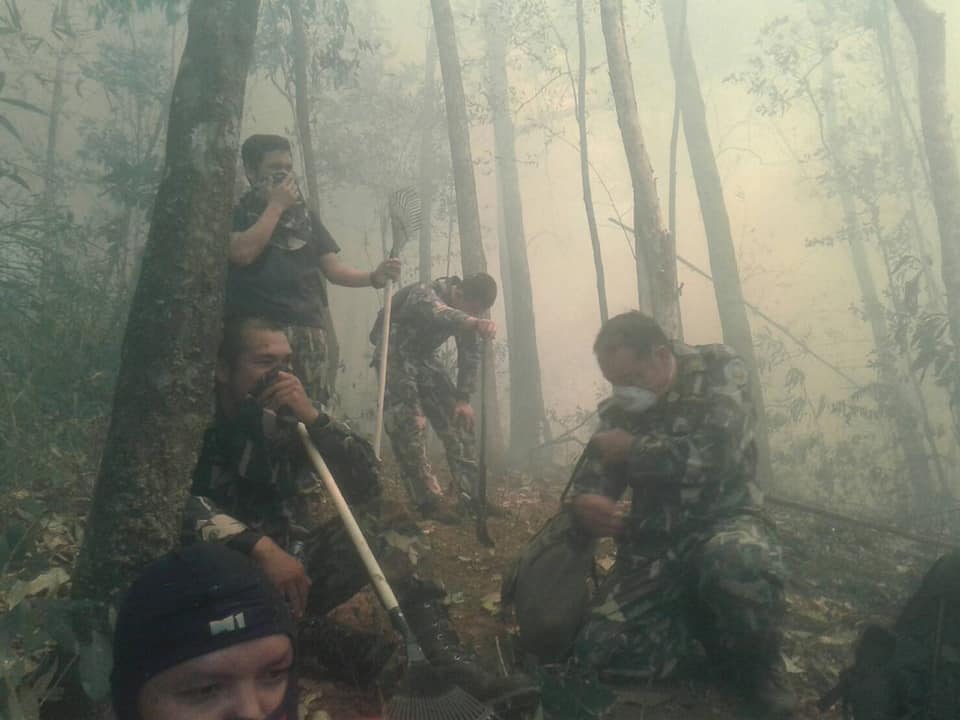
Image credit: DoiSuthepPuiNP
Pollution in the north continue to rise
The director-general of the Pollution Control Department (PCD) Pralong Dumrongthai said the hotspots were caused by arson. Thus, the pollution rates are reaching hazardous levels in many northern provinces including Chiang Mai and Chiang Rai.
Smog over Chiang Mai
Image credit: BBC Thai
Because of the fires, the level of PM2.5 in Chiang Mai has risen to 592 ug/m3 at Chiang Mai University’s Mae Hia Campus in Muang district.
The number has far surpassed the Thai-set safe margin of 50 ug/m3 – the World Health Organisation’s (WHO) is set at 25 ug/m3.
When inhaled, the fine dust particles, PM2.5, can trigger respiratory diseases like asthma after it goes into our lungs. It can also cause a long-term effect such as heart disease.
We’re sending our hearts to people in the north and, especially, the park rangers who are working very hard and risking their lives to defend nature and protect people.
Also read:
- Chiang Mai’s Busiest Market Closes For First Time In 50 Years, Entire Town Quiet Because Of COVID-19
- Bangkok’s PM2.5 Haze Level Surges Again, 50 Areas Reported Unsafe
- You Can Now Adopt Koalas To Show Your Support During Australia’s Raging Bushfires
Enjoying The Smart Local Thailand? Follow us on Facebook and Instagram for all things Thailand

